THE DREADED CHECK ENGINE LIGHT-WHAT IT MEANS AND WHAT YOU SHOULD DO
All cars built after January 1, 1996 have and on-board diagnostic system commonly called OBD2.
The system is designed to monitor engine systems to make sure they are operating within factory set parameters. Any reading outside of those parameters will cause the check engine light to come on. As technology has advanced, so has the OBD2 system. Late model cars now provide a battery of information when the CEL (check engine light) comes on.
Why is this important? OBD2 monitors almost every vital system in a vehicle. If the engine is running too rich or lean…the oxygen sensor in the exhaust will “sniff” out the rich or lean condition and cause the CEL to come on. If one spark plug is not firing…the light will come on. If the engine temperature is not reaching peak operating temperature…the light will come on. All of this is handy information to keep your vehicle running at peak performance.
What to do if the light comes on? First—don’t ignore it. These little problems can become big problems if they are not taken care of. Second— although the local parts store can read CEL codes for free, they probably have no knowledge of how the systems work. For example, sometimes an oxygen sensor code is actually an indication of an air intake leak that, in essence, is “fooling” the oxygen sensor. Lastly—Don’t Panic. Some CEL’s are caused by a loose gas cap. It could be a bad spark plug or coil pack…nothing really expensive there, but it will make a huge difference in performance and fuel mileage when repaired properly. It’s always best to let a qualified service technician run the fault codes and properly diagnose the situation. Many CEL related repairs are not terribly serious or expensive.
What about other causes? More expensive repairs like bad water pumps and thermostats, or broken intake manifolds are more the exception than the rule. They do happen though. And when they do it’s even more critical to get them repaired quickly.
What if you ignore the problem or your mechanic says it’s just a sensor? Never ignore a CEL…even if it’s something simple. Once the light is on, any other fault will not be detected. A more serious fault that could lead to expensive repairs is lurking right behind the simple one but you will never know.
What if the vehicle has multiple fault codes present? Usually the best method it to clear all of the codes and drive the car to see what codes come back. The code that returns first is usually the best place to start. Occasionally, repairing one item will resolve several fault codes.
In conclusion, check engine lights can be tricky. Often times a car will need a new oxygen sensor for example. Once that sensor is replaced and the system begins to function properly again…the light comes back on because it detected another issue in the system. This is especially true if the CEL has been on for an extended period or multiple codes are present. Again, this is why it is always a best practice to have your car checked by a qualified service technician.
